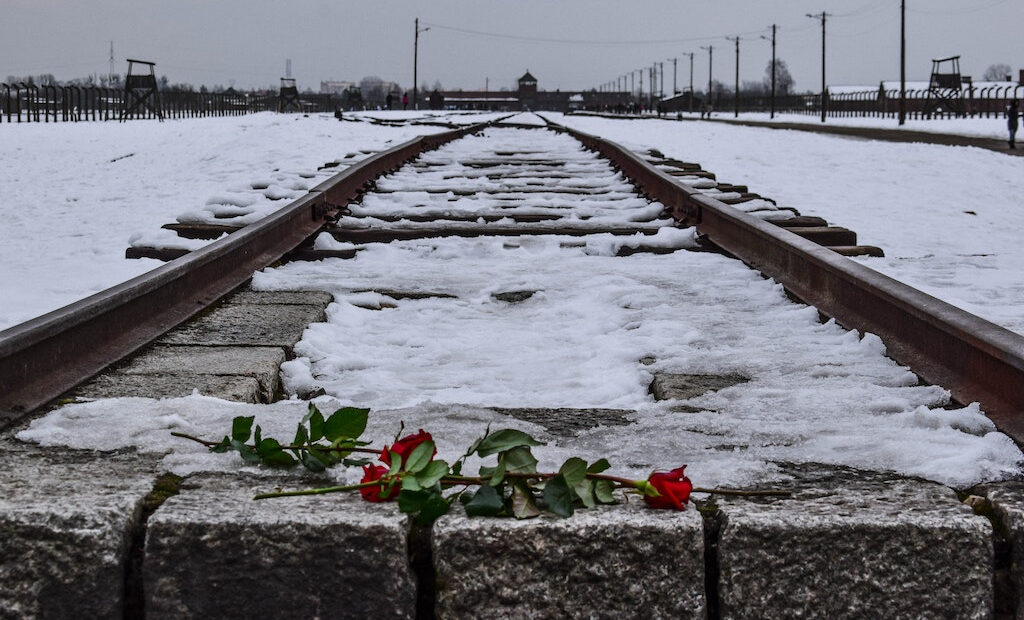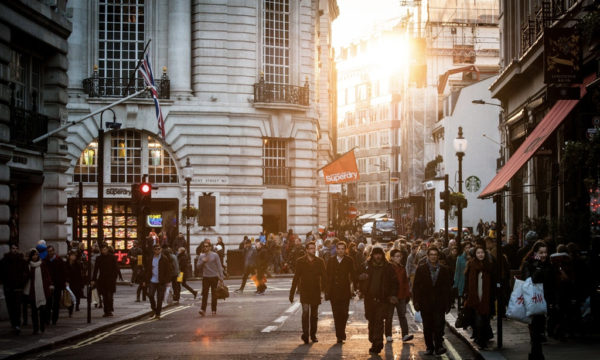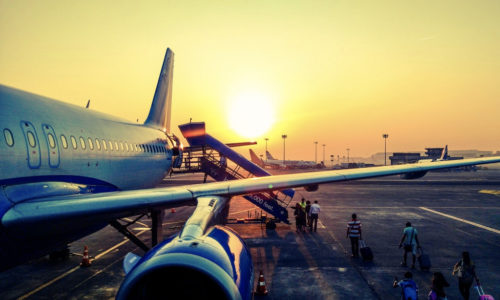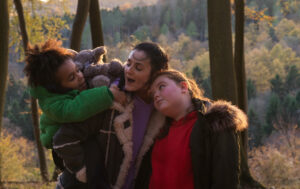Travel back in time: A visit to the Auschwitz-Birkenau State Museum

There are places in the world that evoke a range of extreme emotions. All we have to do is stop for a moment and allow ourselves a minute of silence. One of them is undoubtedly the former Nazi death camp, Auschwitz Birkenau, where memories of Holocaust victims remain vivid even after almost 80 years.
The museum and memorial is now open to tourists. People from all over the world come there to confront their historical knowledge and learn about the fate of the innocent people who lost their lives in the gas chambers. The Auschwitz tour from Krakow is definitely a must-see when visiting Poland.
The most recognisable symbol of terror and place of genocide in the world
In the early 1940s, the number of people arrested by the Nazis rose sharply. Prisons were slowly overflowing, especially after Hitler seized areas of Poland. This quickly proved to be a pretext for the erection of concentration camps – places of murderous labour that would lead to death. Interestingly, the largest killing centres were established not in Nazi Germany, but outside its borders. To this day, the most recognisable “death factory” remains Auschwitz- Birkenau.
The camp was built less than 60km from Krakow (southern Poland). Construction was preceded by mass forced displacement of Poles from the area, where innocent people’s homes were demolished and burned. Work began in the winter of 1941 and was divided into stages: both barracks and blocks were gradually added, and the entire structure was demarcated from the outside world by barbed wire. The first gas chambers, in turn, were put into operation in 1942, when Rudolf Hoss was entrusted with carrying out the extermination of the Jews. Ultimately, the camp stretched over 140 hectares.
Victims of Nazi ideology
Almost as soon as one enters the Auschwitz-Birkenau museum, there is a sudden change in mood. Here, everything makes you think and reflect intensely on both the past and the modern world. Walls of cobblestone buildings seem to shout and cry over the fate of prisoners who died of excision.
It comes as a shock to see the crematoria, but also the living conditions in the camp. The blocks were not insulated, and the only protection from the cold at night turned out to be straw. Prisoners, who slept on wooden planks, were squeezed together and forced to rest in unnatural positions. The rat infestation made it even more difficult to live in such conditions.
The most common association with death camps is the Holocaust. Not surprisingly, since 1942, Jews were the most numerous group sentenced to death. However, we should remember that they were not the only victims of Nazi ideology. Thousands of Poles, Roma or Soviets also lost their lives in Auschwitz. A separate group of prisoners also included people with disabilities, mental disorders and homosexuals. It is estimated that at least one million people died in the camp located in occupied Poland.
Sports, canteen and even an orchestra….
Every activity that Auschwitz prisoners were forced to do was marked by pain and suffering. The concept of “sport” in the concentration camp is a prime example of this: many of those deprived of their freedom were regularly forced to engage in extremely intense exercises combined with singing.
The canteen at Auschwitz, in turn, is mentioned by Tadeusz Borowski in his written memoirs. The man described with irony the hypocrisy of SS men and their deceptions. The serving place was there, but there was no food in it. The only product available was mustard. Prisoners received meals depending on the work they did. Nevertheless, none of them met even half of their daily caloric needs.
The orchestra at Auschwitz played daily, and the sounds of music accompanied the prisoners on their way to and from work. The whole thing gave the impression of a horror movie. Exhausted people often fell over on the march and even died. In the evenings, the corpses of those who had not survived the physical exertion of the day were carried away. This view, combined with the cheerful sounds of accordion and violin, was tragic and grotesque.
A beacon of hope and the liberation of the camp
The history of Auschwitz-Birkenau would be incomplete if the most important date was not mentioned: 27th January 1945. On that day the Soviet Red Army liberated the largest Nazi concentration camp and extermination centre. Soldiers found over 7,000 prisoners still alive, many of them severely ill or injured. Most of those sent to Auschwitz had already been killed in the gas chambers or died from starvation, disease and exhaustion.
The day after the liberation, the Soviets made a discovery that shocked the world: a huge crematorium with a large pile of ashes in one of the camp’s yards. This was the first time that the world had seen evidence of the atrocities committed at Auschwitz. Many of the prisoners were so weakened by their ordeal that they were unable to leave the camp, and were taken to hospitals or other centres for care. It goes without saying that the liberation of Auschwitz marked the end of one of the most horrific episodes of the second world war.
Journey into the darkest chapters of history
The Auschwitz museum is a place of immense sadness and sorrow, but it is also a place of learning, reflection and understanding. Today it, serves as a memorial of the horror of the past and a stark reminder of the consequences of hate and bigotry. It is a place of great historical significance and visiting it can help bring to light the immense suffering and loss of life inflicted by the Nazi regime.
Auschwitz is also a powerful symbol of the power of resilience and hope. As tourists explore the site and learn more about the victims and survivors, they can take home a better understanding of the power of humanity to overcome tragedy and the importance of standing up to injustice. A visit to the former Nazi camp can be a profoundly moving experience. It is not an easy journey and it can be emotionally difficult and challenging, but it is certainly worth taking the time to pay respects to the victims and survivors and to remember the tragedy of the Holocaust.
The editorial unit

























Facebook
Twitter
Instagram
YouTube
RSS